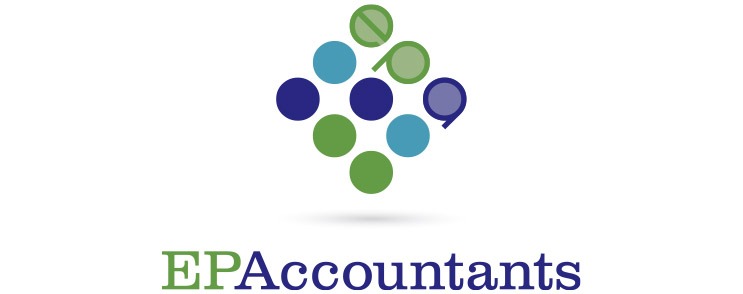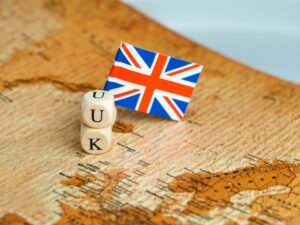The cash basis scheme helps sole traders and other unincorporated businesses benefit from a simpler way of managing their financial affairs. Landlords can use the cash basis when recording income and expenditure i.e., recording the flow of money from and to the business.
The scheme is not open to limited companies and limited liability partnerships. The entry threshold for the cash basis scheme is £150,000 and you can stay in the scheme until your business turnover reaches £300,000.
Unlike other taxpayers that need to opt-in to use the scheme, the legislation assumes that landlords will use the cash basis as the default method of calculation. A landlord can still elect to opt out of the scheme in which case they can continue to use generally accepted accounting practice (GAAP) to calculate their taxable profits. Landlords are also required to continue using GAAP if their rental receipts are more than the £300,000 scheme threshold.
HMRC’s property income manual lists the following criteria of when the cash basis is not available to a property business.
A: The property business is run by a company, limited liability partnership (LLP), trustees or a corporate firm (a partnership with at least one non-individual member).
B: Receipts that would be brought into account under the cash basis for the tax year exceed £150,000. This amount must be proportionally reduced if the property business is only carried out for part of the tax year.
C: If the property business is being carried on jointly with a spouse or civil partner, the same basis must be used by both individuals, unless they make a declaration under S837/ITA 2007 that they are beneficially entitled to the income in unequal shares.
D: Business premises renovation allowance has been claimed, and a balancing event in the tax year gives rise to a balancing adjustment.
E: An election is made to use GAAP because the person believes that traditional accounting is more appropriate. The election must be made within one year of the filing date for that tax year.



